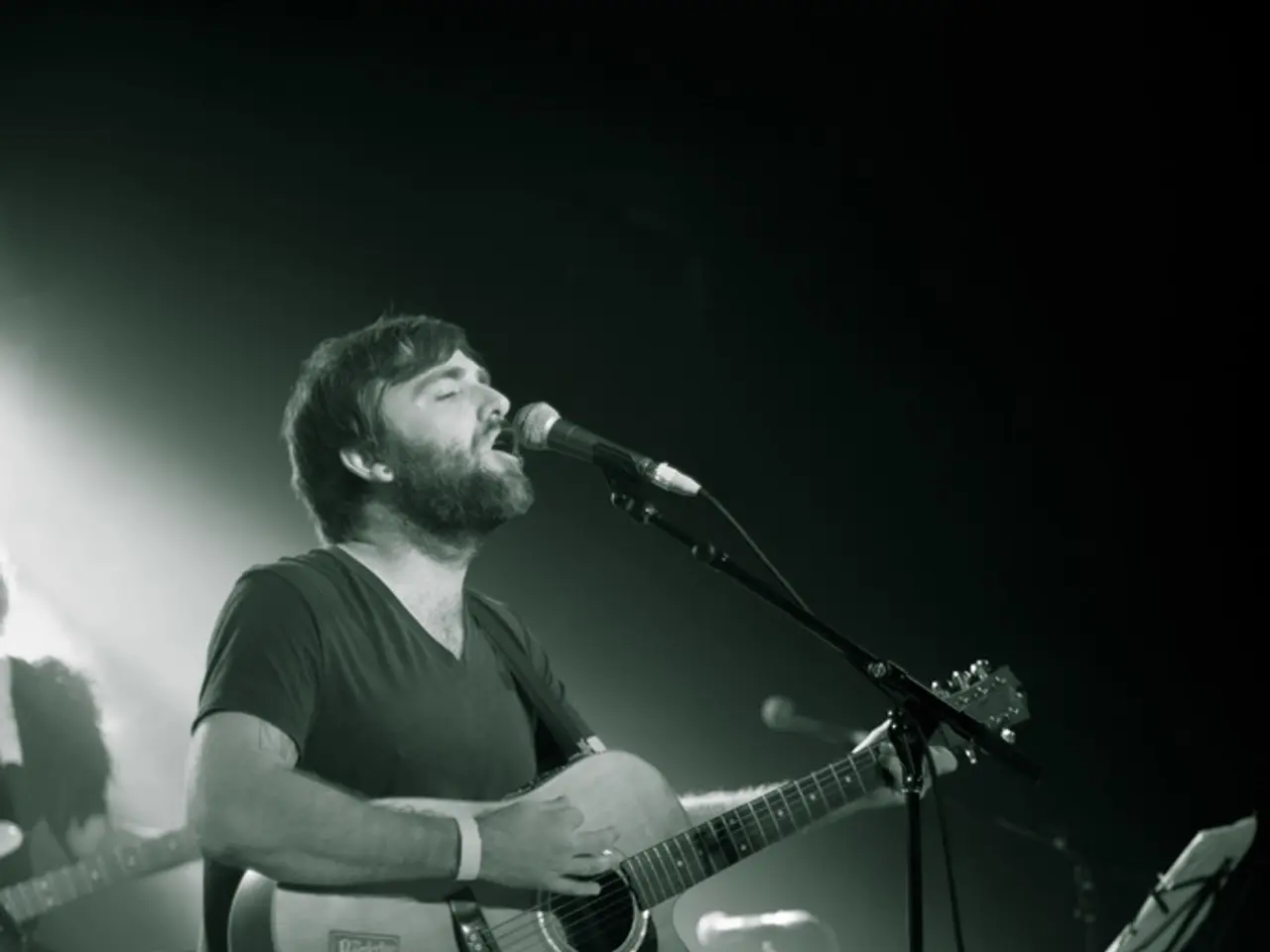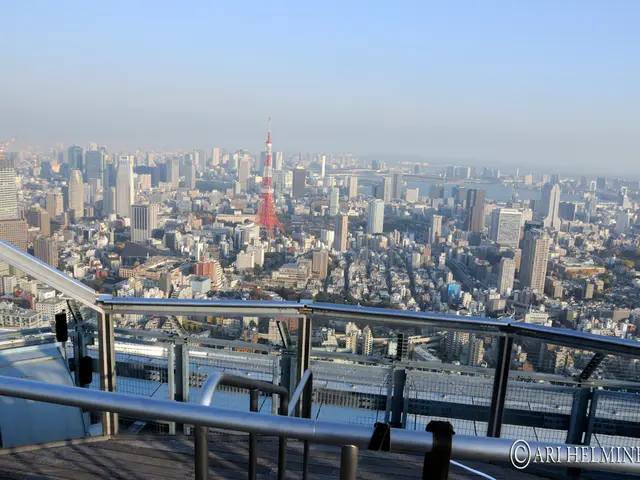Development of Karaoke Systems: Transition from Cassette Tapes to Digital Mediums
In the late 1960s, a revolutionary invention transformed the way people entertained themselves - karaoke. Japanese engineer Shigeichi Negishi created the first karaoke machine, playing instrumental accompaniments without vocal tracks on cassette tapes, allowing users to sing along [2].
Over the decades, this simple yet captivating concept evolved technologically. In the late 1970s, karaoke gained popularity in Kobe among businessmen as a party entertainment method. By the late 1980s, it had spread widely, typically using videotapes and electronic lyric displays on monitors [1].
The journey from cassette tapes to digital systems has been marked by significant milestones:
- Cassette-based karaoke machines (late 1960s to 1970s): The original format used physical tapes with instrumental tracks; singers read lyrics from printed sheets or small displays.
- Video karaoke machines (1980s to 1990s): Introduction of video films synchronized with music enhanced the experience, displaying lyrics electronically on screens at venues like bars or karaoke boxes [1].
- CD+G (Compact Disc + Graphics) format (1990s): This format integrated audio with graphic data for lyrics and images on digital screens, improving sound quality and ease of lyric presentation.
- Digital and online platforms (2000s onward): The rise of the internet and digital media led to online karaoke apps, streaming services, and platforms where users can access vast song catalogs instantly, record performances, and share online. These platforms often provide advanced features like pitch correction, scoring, and social media integration.
The late 2000s witnessed a digital revolution for karaoke with the advent of apps like Smule and Karafun. Today, users can sing along with thousands of tracks using smartphones, creating intimate, authentic experiences.
Karaoke acts as a celebration of connection, creativity, and community, transcending age, culture, and geography. It has become more inclusive with the digital shift, uniting people across the globe in real time. Digital karaoke platforms serve as a nurturing ground for emerging talent, with opportunities for showcasing talents, receiving feedback, and engaging in friendly competitions.
The landscape of karaoke has evolved, from the humble cassette tape machines to sophisticated digital ecosystems. Karaoke continues to emphasize enjoyment and personal growth, not just performance. With technology constantly advancing, it's exciting to imagine what the future holds for this universal language that brings people together.
For further insights into the topic, visit Pusangoguryeoroom.com.
References: [1] History of Karaoke. (n.d.). Retrieved from https://www.karaoke-world.net/history-of-karaoke/ [2] Karaoke. (n.d.). Retrieved from https://www.britannica.com/topic/karaoke
- As technology progressed, media platforms evolved to cater to the growing popularity of karaoke, with the introduction of video karaoke machines in the 1980s and CD+G format in the 1990s enhancing the user experience.
- In the digital age, fashion, beauty, and lifestyle enthusiasts have used karaoke as a means to express themselves, engaging in friendly competitions and showcasing their talents online.
- The intertwining of technology and karaoke has created a global phenomenon, bridging the gap between different cultures and encouraging a collective appreciation for the art of storytelling through song.




